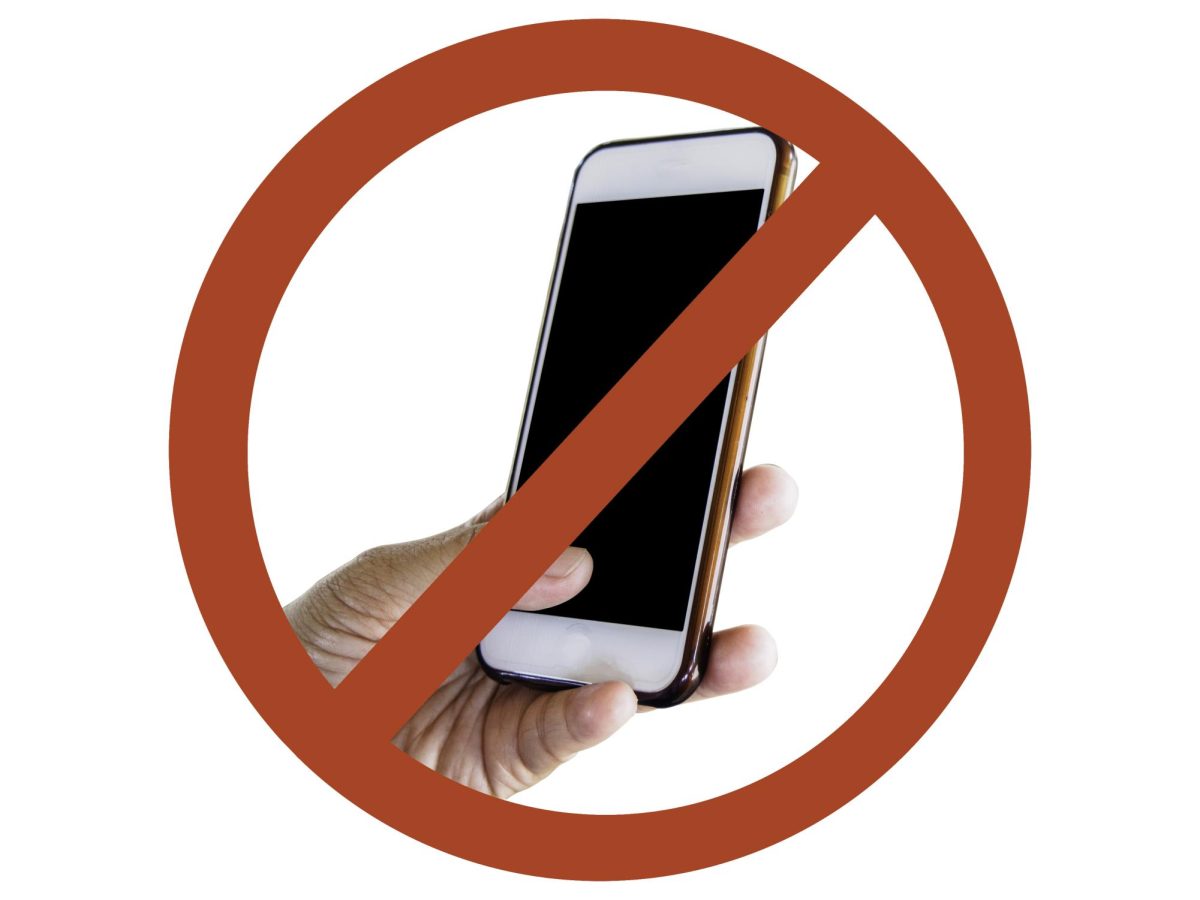Generation Z is well known for its bold opinions and interesting slang, but what doesn’t get recognized is the correlation between the Gen-Z timeframe and the impact it had on us today. Gen-Z falls between the years of 1997 and 2012; people aged 14-28 fall under the umbrella of this generation. Gen-Z was the first to grow up alongside the rapid technological advancements– most notably, the smartphone has been deemed a necessity. New technology has shaped our dynamics in thought, connection, and learning– but does there come a point where the helpful tool is distracting?
Cell phone access and usage in schools is a debate that state legislators have been tasked with solving across the country. As of the latest reports, 34 states have enacted laws and policies on cell phone usage in K-12 public schools. Of those thirty-four, 26 states have a complete ban or limit on cell phone use. Alaska, Colorado, Minnesota, and New Mexico require school districts to adopt policies on cell phone regulation. The policies put in a school’s handbook are to their discretion; however, it is up to the district to do their best by their students.
Massachusetts is one of the few states that has no statewide policy on cell phone usage in schools. This means that a student’s rules on cell phone usage depend on what their school has in its handbook. As the number of strict cell phone policies continues to rise, Massachusetts legislators are tasked with setting standards that they think are right for students.
On July 31st, the state senate passed legislation to make schools cell-phone free. This bill aims to improve student conduct, promote a healthier learning environment, and improve the mental health of students. If this bill passes in the Massachusetts House of Representatives and is signed by the Governor, cell phone bans would take place across the Commonwealth. This bill also mentions how the Department of Elementary and Secondary Education, or DESE, will make guidelines as to how to enforce this policy through the 180-day school year. Schools will have the option of using pouches, lockers, or any storage option that fits the mold of prohibiting students from using their phones. Although this bill would make it so public school students cannot use cell phones, DESE allows each district to adjust the ban based on grade level and school start and end times. Districts will have to notify families by September 1st, 2026, and submit annual updates on their policy to DESE. This new
From a student’s point of view, this new policy makes me question if an outright ban is the right solution. It’s obvious that cell phones deter students from doing their assignments. While I think it’s inconsiderate for a student to blatantly use their cell phones while a teacher is doing instruction, that can be prevented by establishing boundaries with students. I understand why legislators feel the need to prohibit the use of cell phones; however, I don’t know if the emphasis on cell phones will fix the other problems with our public schools. Yes, cell phones inherently stall live conversations and allow students to isolate themselves from others, but tensions in the outside world today leave many students feeling anxious. Most notably, school shootings have threatened the mental well-being of students– they’re plastered all over the news and social media and can make this place of learning feel unsafe. I think that cell phones shouldn’t be used during class instruction, but I don’t think schools should be allowed to confiscate cell phones if they were to be banned. If this bill becomes law (which it most likely will), students should have their phones in pouches that they’re allowed to carry with them throughout the day. DESE said it would be accommodating for students who have educational plans, and I believe that this is fair.
The topic of cell phones in schools is complicated and has a lot of layers to it– what do you think about it?









